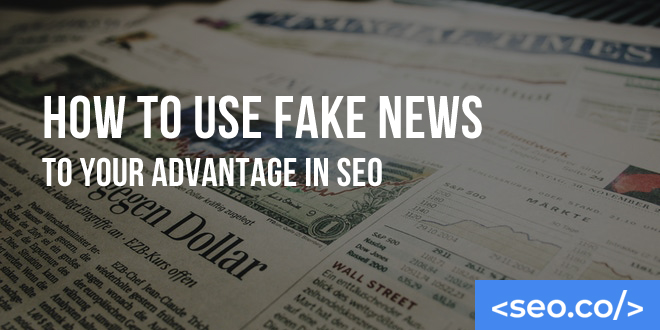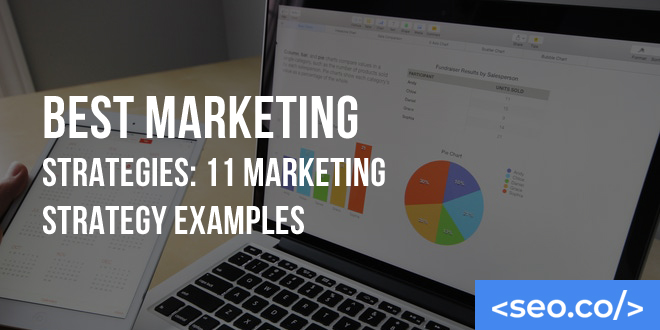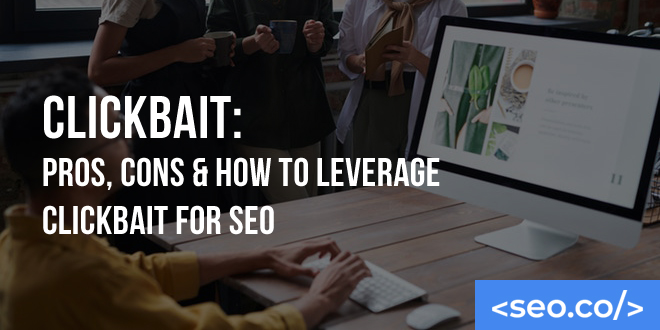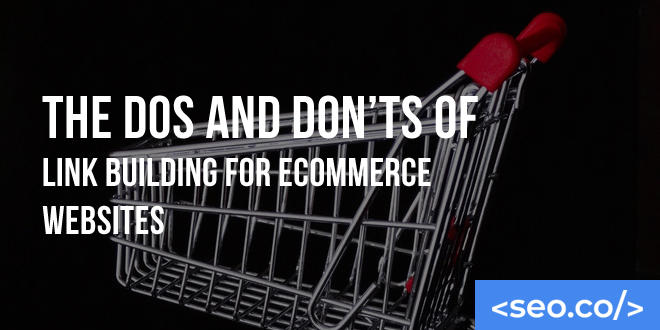
How to Use Fake News to Your Advantage in SEO
Fake news is just what it sounds like—(often intentionally) misleading articles with inaccurate facts, missing details, and other flaws that render them unreliable. Despite this, they’re presented as factually accurate, and because of this, they have tremendous destructive power. It’s worse than clickbait titles whose MO is simply to drive eyeballs, fake new is factually inaccurate. Fake news first came to light in the aftermath of the Presidential election of 2016, when it was revealed just how many fake news stories circulated to members of each political party. However, fake news highlights was likely a major problem long before this—and it continues to be a problem today. We all recognize fake news or false news as a bad thing. Whether it’s a tool used to manipulate people, the byproduct of lazy journalism, or part of a grand conspiracy for political influence, its negative consequences are hard to overstate. But what is the role of fake news as it relates to SEO? Can fake news impact your SEO rankings? Can you use fake news to your advantage in some way? Google and the History of Fake News Let’s start by examining the history of tackle fake news, and how that history ties into Google. Google has always wanted to provide news stories to the general public. Even in its early stages of development, you could search for a topic and see a range of news stories listed in Google’s “News” section. This was a valuable informational tool, and it added to Google’s trustworthiness in the eyes of users. Around 2014, Google made significant changes to its “In the News” section, pulling in articles from a wide range of different sources, including social media literacy sites like Facebook and Reddit. With the benefit of hindsight, you already understand that this was a flawed decision. The internet is essentially an open forum where anyone can write a story and popularize it on social media accounts—regardless of inherent accuracy. As you might imagine, this led to some interesting results in the “news” section. Google immediately attempted to correct this error in part by renaming its “false news” section to “Top Stories” (although this was never stated as their official motivation for the change). At the very least, this lent some plausible deniability to the situation; a “fake story” is much better perceived than “fake news.” There is significant debate as to how much responsibility should be taken by Google, Facebook, and other tech giants to control fake news. Obviously, a fake news or false news story circulating at the top of the search engine results pages (SERPs) can do a lot of damage. But should Google step in and do something about it? On one hand, Google is just an algorithm fueled by user actions and authoritative measurements (like the number of links pointing to a source). In this dimension, it’s about as neutral as it can get. And if Google decides to actively manage stories, we’ll have a new problem; Google’s bias affecting news visibility and search results. On the other hand, algorithms are relatively easy to manipulate. This was proven in the wake of the 2016 election, where more than 20 fake news stories handily outperformed “real” news (at least in terms of user engagements). Surely, Google should take at least some measures to filter out fake news, right? There are some of you reading the heightened engagements associated with fake news who think this could be a valuable opportunity; you’re right. We’ll touch on that more in a future section. For now, hang on. Suffice it to say, Google took this constructive criticism and has since taken more advanced measures to guard against fake news. Fact Checking and Google’s Motivation Let’s be clear. Despite it’s “don’t be evil” founding philosophy, Google isn’t inherently altruistic. It’s a for-profit company and its primary motivation is making money. To make money, it must generate ad clicks. To get Google Ad clicks, it needs a lot of traffic. And at the bottom of this motivation funnel, to get traffic, it needs to be trusted. Google’s motivation in filtering out fake news is to increase public opinion or public trust. In line with this motivation, it took a couple of important actions. First, Google added new “fact checking” systems to its search engine and News results. Only reputable, vetted sources are included in its roundup of news organizations or News stories. Additionally, some stories in some regions have a “fact check” label, which identifies disputed claims and supports controversial claims with evidence from third-party sites. These are designed to improve user awareness and knowledge, while simultaneously making the News section seem more credible. Second, Google (along with other major tech social media platforms and media outlets) cracked down on known sources of fake news. While stating a controversial opinion and even outright lying aren’t a direct violation of Google’s terms of service, spammy and low-quality content are violations of those terms. In line with these quality standards, Google has been known to penalize, derank, and sometimes even delist known fake news sites from its search results. How can this possibly benefit your SEO strategy? We’re getting there. What Is Fake News Exactly? One important consideration in any discussion on fake news is the fact that “fake news” isn’t always “fake”—per se. For example, is fake news any story that isn’t completely accurate? In many cases, facts aren’t known, and in other cases, facts change over time. With the COVID-19 pandemic, our initial assumptions and findings quickly became irrelevant in favor of new data and knowledge; are the initial stories fake news despite being based on the best scientific knowledge we had at the time? Is fake news any story that has an intention to persuade someone? If so, the entire mainstream media literacy is guilty of fake news in one form or another. Opinion pieces are both common and valuable, and we shouldn’t be restricting their publication or accessibility. And almost any news story is bound







